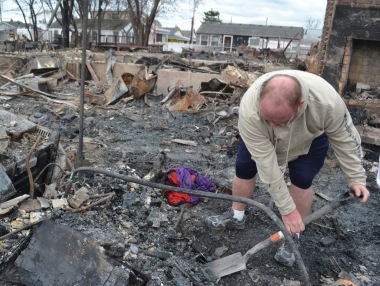Following the House two weeks ago, on Monday, January 28, the Senate, in a 62 to 36 vote, passed a $50.5 billion bill, which makes supplemental appropriations to federal agencies and programs for Sandy-related expenses.
“Despite the difficult path in getting to this moment, the Senate membership clearly recognized early on the urgency and necessity of approving the full aid package and its importance in rebuilding our battered infrastructure and getting our millions of affected residents back on their feet as quickly as possible,” said Governors Andrew Cuomo of New York, Chris Christie of New Jersey, and Dannel Malloy of Connecticut in a joint statement.
“It was 13 weeks ago today that the storm hit, and New Yorkers are still working to rebuild,” said Mayor Michael Bloomberg. “This aid will allow us to better help our residents and businesses, and I want to thank all of those who voted in support of this critical appropriation,”
On January 4, the entire legislative branch also approved $9.7 billion in relief money that temporarily increases the borrowing authority of the Federal Emergency Management Agency for carrying out the National Flood Insurance Program.
Though the aid’s approval is good news, it took several months, delayed votes and political criticism from both sides of the aisle.
Representatives from Sandy-impacted regions and the legislation’s other supporters were livid that the money hadn’t been approved sooner.
It took only 10 days from the time Hurricane Katrina hit for emergency relief legislation to pass.
Other politicians opposed what they believed was non-storm related spending.
Regardless of the mostly Republican votes against the aid, the relief money still made it to the president’s desk and it should be signed shortly.
But the questions now, say politicians, are: Is it enough money and will it be utilized where it’s needed?
For the governors of New York and New Jersey, the answer to the first question is no.
Those states initially asked Washington for $80 billion, but the Obama administration cut that amount to $60.4 billion.
RECOMMENDED STORIES

































